A refined yet frank perspective on navigating the maze of luxury furniture brands – separating genuine craftsmanship from expensive marketing illusions
Think about a Patek Philippe timepiece. When you invest in that watch, you’re not getting an accessory to grace your wrists, you are investing in an asset that will be passed through generations to function as a family heirloom.
After three decades of offering curated collections of luxury furniture for discerning clients across the globe, we have noticed a very distinct pattern: truly luxurious furniture will seldom, if ever, announce itself with designer logos or staggering prices, but instead through its subtle aura of royalty which is accredited to high-end materials, unmatched craftsmanship, and a timeless approach to design.
At FCI UAE, we have built quite a reputation over the decades, serving our clientele with honesty and sincerity. What truly makes our service stand apart is the level of expertise our team has garnered with time. So let’s share some of those insights and candid observations about the complex furniture landscape that will help you make all the right choices.
What Defines Luxury Furniture Today?

When you consider luxury furniture in Dubai, Abu Dhabi, Sharjah, and other cities in UAE – you will realise that the word ‘luxury’ is used in a very liberal sense. When mass-produced furniture with designer labels and truly exceptional pieces both bear the same tags, it can get extremely difficult to distinguish between them. The difference becomes more apparent when the former begins to deteriorate within months while the latter only gains character.
As an example, let’s compare the difference between a dining table produced by a commonplace high-street retailer and one hand-crafted by an expert craftsman from a single piece of burr walnut that reveals an unmatchable grain pattern. One is a product, the other is a timeless heirloom.
Some of the notable luxury home brands that have earned their reputation after providing years of exceptional furniture collections include: Giorgio Collection whose lavish creations have been serving as conversational pieces since the 50s. Or Porada, who’ve been bending wood since the 1960s, when most fashion houses were still figuring out how to sew buttons. Or Leolux, who, despite originating in the 1930s, are popular today for their command over contemporary, and almost whimsical forms.
We can even write you a list of the top ten furniture brands, or a hundred – but you need to be able to identify them on your own. They have some common factors that can be found with any luxury furniture brand:
- Ethically sourced, luxurious materials that contribute to aesthetics without compromising on structural integrity.
- Joinery techniques that could date back to the Renaissance workshops yet maintain a hold on cutting edge modern technologies.
- A design philosophy that prioritizes longevity and a timeless allure over fleeting interior trends. Furniture that does not need to be updated with every new catalogue release.
Italian Furniture: The Gold Standard of European Design
If it’s made in Italy, there’s a high chance that what you’re seeing is a quality product. Italian furniture has maintained its position globally as the pinnacle of European design across decades. Their unique respect for traditional values of techniques, use of fine luxury materials and knack for combining timeless with trending certainly contributes to this reputation.
Brands like Marac, Sovet Italia, Bontempi Casa and Terzani are the very embodiment of the Italian dedication to producing classic masterpieces for furniture. Our clients are always pleasantly surprised and report back claiming that their furniture purchases from these brands feel just as relevant today as they did decades ago – if not more.
So why all the chatter around Italian home furniture? Let’s see:
- Seamless upholstery
- Perfect proportions
- Precise joinery
Need we say more?
To identify quality furniture by Italian manufacturers, look for subtle markers of quality such as the weight of a dining chair that proves its structural integrity, the drawers should glide smoothly and have a soft-closing finish, the upholstery fabric should feel exquisite to touch.
Beyond the Brand: What Actually Matters

At FCI, we have truly earned our reputation as collectors and identifiers of high quality, impactful furniture pieces ranging across a variety of interior styles. We have picked up many tricks over the years that help us, and can now help you, distinguish the exceptional from the ordinary.
Researching the Manufacturer
Thanks to today’s technology, finding out the nitty gritty details about a brand takes just a few seconds. Buying quality furniture is an investment, spending this small time on research can help you secure a safe one. Consider these questions:
How long have they been manufacturing furniture? Luxury furniture brands like Leolux, Galotti & Radice, and Cattelan Italia that have spent decades creating furniture pieces have often achieved so by remaining consistent with their quality, research and evolution.
Are they manufacturing their own designs? Brands that outsource their production tend to lose control over the construction standards and quality, resulting in sub-standard finishing and unimpressive structures.
Are they actual furniture makers or a fashion brand posing as one? Fashion houses often venture into the furniture business but for them, it’s little more than a brand extension instead of a core goal. Their products may fail to live up to the brand name’s allure.
Materials and Finish
One of the most apparent indicators of quality is the material and finish of a furniture piece. Yet hidden behind this seemingly apparent element lie dozens of interlinked techniques and crafts you need to be on the lookout for.
- Quality Materials enhance a product’s tactile appeal, enhance longevity and add a dose of subtle luxury to your interiors. Full-grain leathers that age with a stunning patina, solid hardwoods that last generations and high-performance furniture fabrics that exceed 25.000 cycles on the abrasion tests.
- Frame construction is the main contributor to structural integrity – after the actual design of course. It should be made with quality materials such as kiln-dried hardwood that is completely free of harmful moisture. Reinforced joints and corner blocks that utilise long lasting techniques such as molding, soldering and screws over short fixes like staples and glue. Techniques like dovetail joints, mortise and tenon connections, and finger joints offer better reinforcements.
- Upholstered furniture should contain multiple density foam layers for progressive levels of comfort. The fabric seams should be nearly invisible when done by a master craftsman, with any patterned fabric properly matched at the seamline. Engineered spring systems that provide a thorough distribution of support. Areas expected for high stress should be reinforced with double seams. These seemingly minor details make all the difference in terms of performance and longevity.
Evaluate the Value
The value of furniture has to be observed at a deeper level than reading the price tag.
Brands that invest in better manufacturing have 60-70% of the retail cost allocated to production, whereas marketing-focused brands allocate only 30-40% of the final price to production costs, focusing more on building brand image.
Thoroughly consider the warranty coverage for your furniture, including for structural elements, spare parts, mechanisms and whether or not the labor and material costs for these are included.
Consider the Usage
The final and perhaps most important consideration when selecting furniture for yourself is factoring in your usage.
Will it be used daily or occasionally? Occasional pieces can be centred more on aesthetics but daily use furniture must factor in functionality and practicality, with the aesthetic value remaining a second priority. The materials for a daily use piece must also be more easy to maintain, and less prone to breakage and deterioration.
Are the materials suited to your usage? You need to factor in the elements from your life such as pets, children, frequent entertaining or lack thereof. For instance, with pets it’s better to choose leather finishing over fabric for easier maintenance.
Does the design and construction suit your purpose? Different usage patterns require specific approaches to manufacturing and design in furniture. For instance, if you want a dining table it should be large or small enough to suit the number of people you plan on hosting regularly.
The Sustainability Imperative: Beyond Basic Green Credentials
Major furniture brands are in a constant state of evolution, conducting newer and more thorough research every year to delve into how they can improve across various aspects. One of these aspects is focusing on sustainability options that go beyond just material sourcing or carbon footprints.
Modern manufacturers are working on implementing principles of circular economy beginning right from their production practices. For instance, some furniture pieces are designed for easy disassembly – think puzzle pieces that can later be used as individual components. This provides much better possibilities for repair, re-upholstering and recycling as compared to lower quality, glue-bonded products.
Responsible furniture chains not only follow the lines of sustainability, but lay it all out by documenting their complete supply chain, water usage statistics, energy consumption and worker welfare policies.
The Legacy Value Proposition: Furniture as Multi-Generational Investment
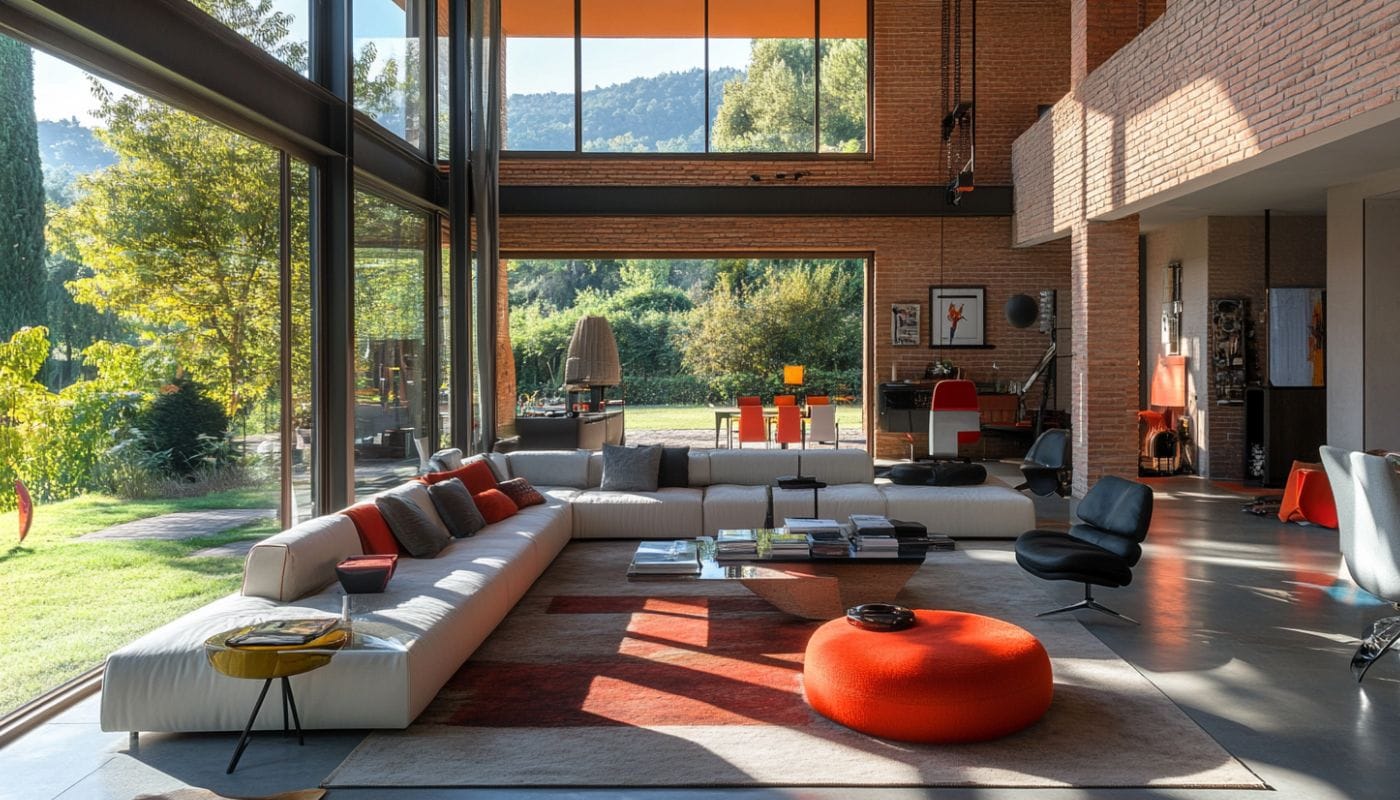
Our discerning clients have come to appreciate the concept of investing in quality furniture that serves as heirloom pieces. Furniture that will not just serve their current needs, but also be valued by future generations for their timeless appeal.
This concept has gained even more importance among growing awareness surrounding sustainability issues. Fast fashion and disposable consumerism are a thing of the past.
What truly fascinates is the way these timelessly elegant pieces flow smoothly through different eras without losing relevance. A meticulously crafted cabinet can work as gorgeously in a Georgian townhouse as it can in a rustic warehouse space.
Beyond reasons of sustainability, investment and practicality, it simply serves as a major source of comfort to know that the dining table you gather around today will one day host your grandchildren’s celebrations and create new memories.
Curating Your Home: Mixing High-End with Heart
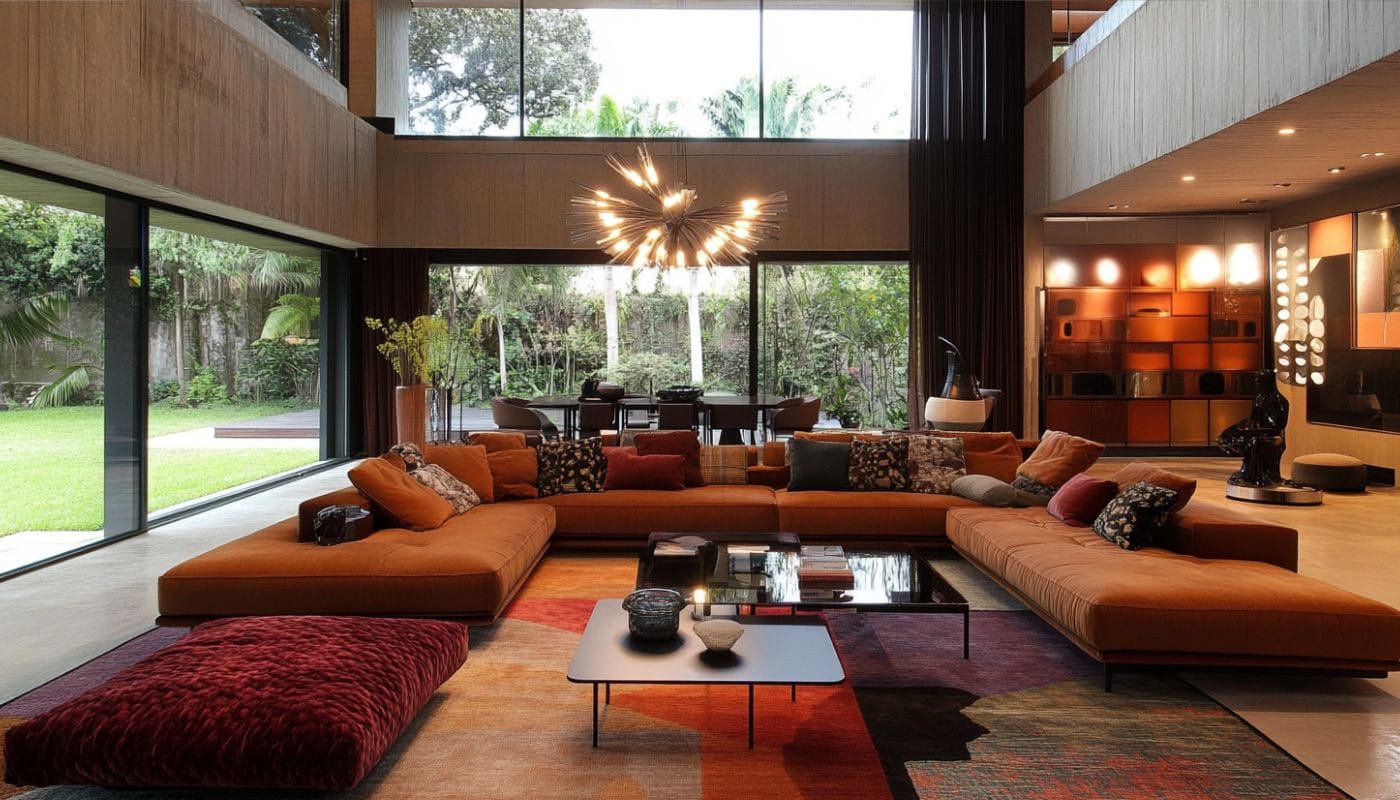
Home furniture should never be selected in isolation. Channel a clear design perspective by ensuring that all your furniture pieces align with and complement each other’s visuals. You need to combine all the different periods, styles, forms and materials in a balanced manner so that none overpowers, but all flow harmoniously to a singular tune.
The most impactful interiors today don’t follow a monotonous, bland approach. Instead, they create an eclectic yet elegant blend of tastes by combining high end contemporary furniture with curated vintage pieces, bespoke commissions and the occasional high street find.
Sounds a bit too spread out? That’s understandable, but what allows these varying tastes to function cohesively is the carefully considered proportions, material combinations and spatial presence. Every furniture piece has its own character, yet none drowns out the other. For instance, a lavish antique desk will pair well with a modern Italian chair. A custom-made dining table will perfectly accompany vintage chairs. These subtle doses of contrast add a lot of visual interest and depth.
We always suggest that when you’re looking to combine juxtaposing tastes, start with the bugger, more impactful investment pieces such as beds, sofas and dining tables, and then build up the environment around them with carefully selected furniture and accessories
Bespoke Furniture: Tailored to Taste
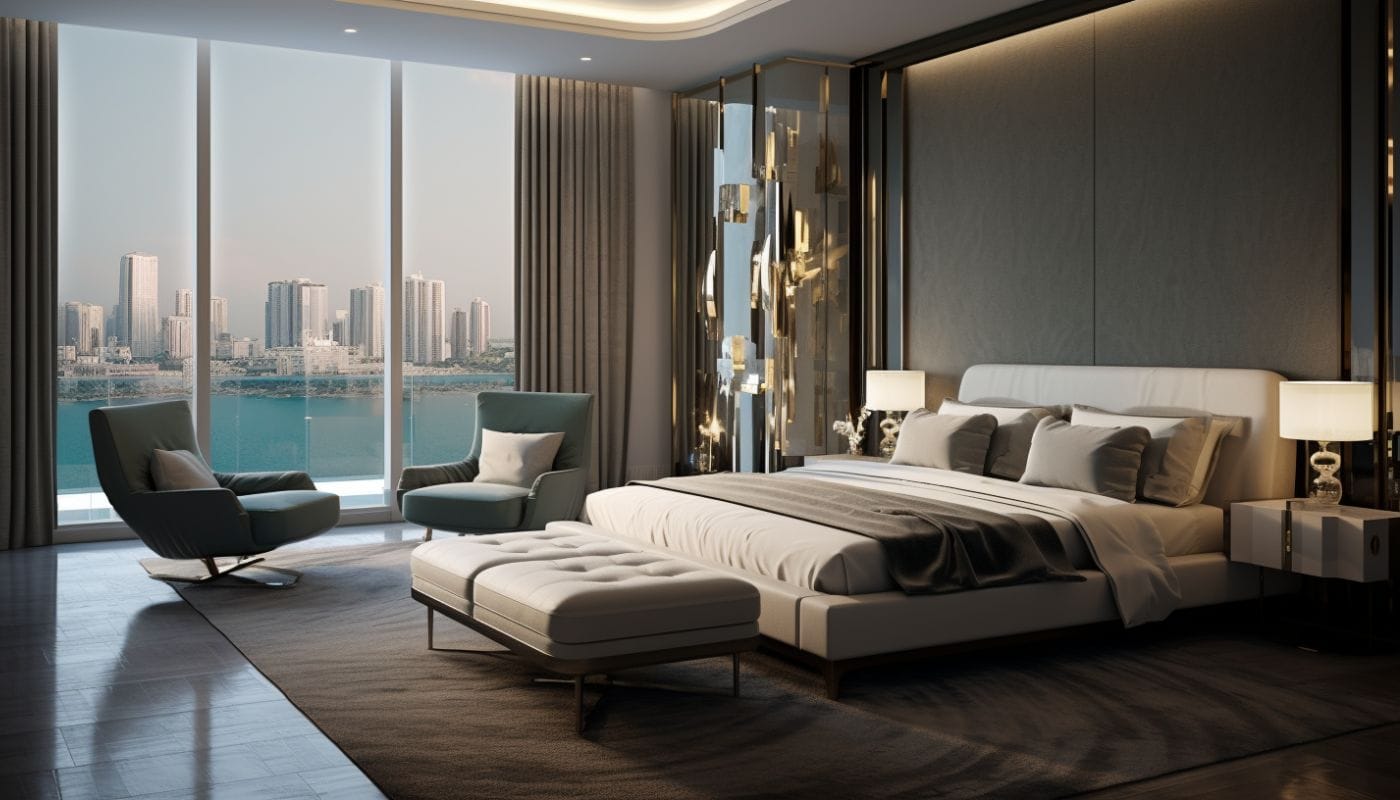
Clients with a unique, individualised approach to interiors have moved well beyond selecting mass-made furniture. The bespoke movement represents an uncompromising nature when it comes to combining personal aesthetics with specified functionality.
Custom-made furniture isn’t just about meeting unusual dimensions for a challenging space – though that certainly doesn’t hurt. It’s about bringing your personal vision to life and owning a bespoke furniture piece that’s unique to your personal abode.
The journey to bespoke furniture starts with a consultation with an experienced design team that will delve into your lifestyle, design preferences, daily usage patterns, and functional requirements. The designers then closely collaborate, sharing sketches, designs, blueprints, 3D models and progress reports on your tailored furniture to ensure that what you get is exactly aligned with what you had in mind.
Outdoor & Garden Furniture: The New Interior Frontier
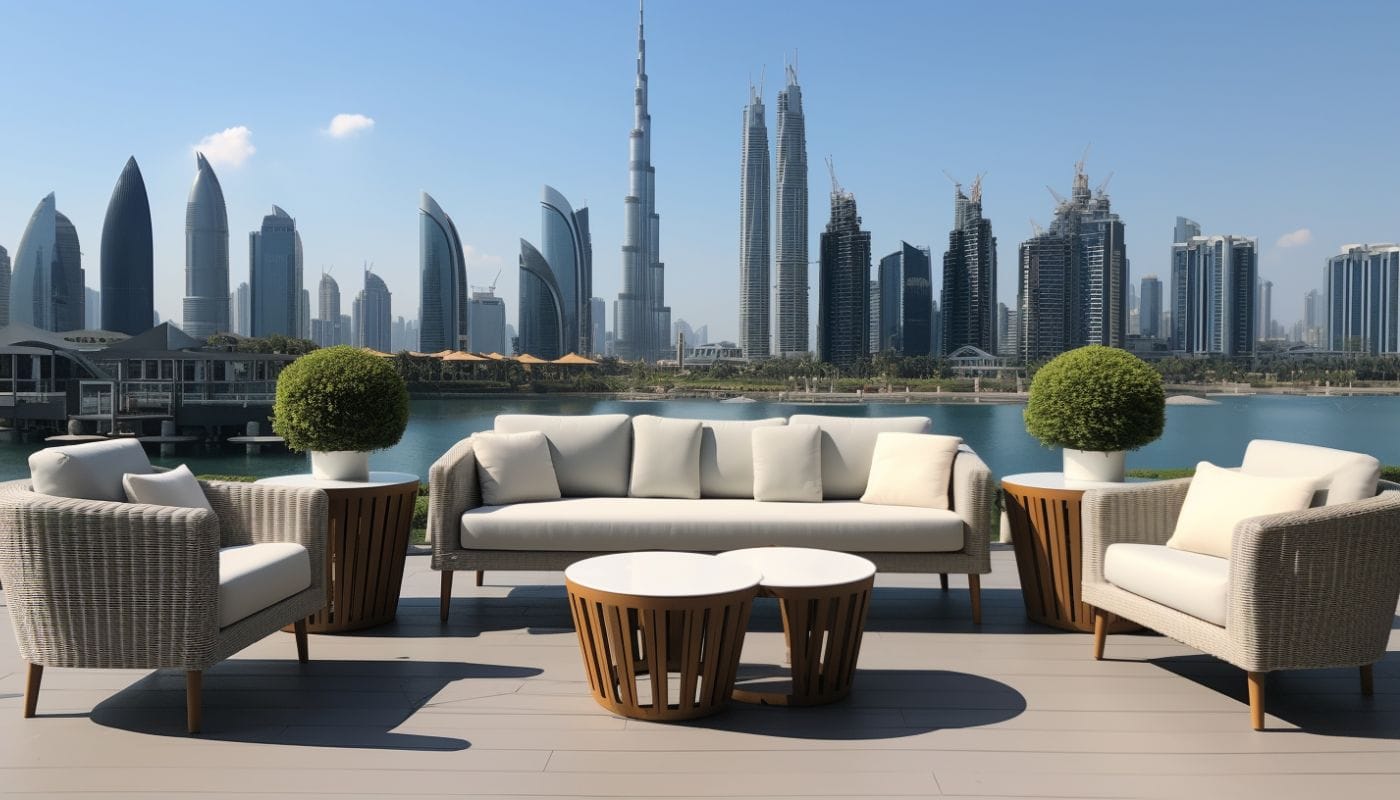
Once treated as the underdog, an outdoor space holds just as much significance as the indoors. As people re-learn the importance of staying connected with nature for both mental and physical wellbeing, outdoor furniture is back in vogue.
Today’s outdoor furniture can easily pass off for its indoor counterparts. This is definitely due to the latest fabrics and materials that offer the same tactile warmth and comfort as natural fabrics, all while staying resistant to UV and water damage.
Clients seek outdoor furniture sets that feature an aura of refined sophistication. They want to see the comfort of the indoors blend seamlessly with the serenity outside. Elegant proportions, matchless attention to ergonomics, and materials that age gracefully; there is a wide range of high end pieces that will mirror your discerning tastes in furnishing without compromising on practicality.
Furniture Packages: Shortcut or Sophistication?

For those acquiring investment properties or secondary residences, furniture packages can represent an appealing proposition – offering a complete interior scheme without the time investment of selecting individual pieces. However, there’s a considerable spectrum of quality within this category.
At the higher end, full furniture packages can offer a curated collection of luxury pieces selected by experienced designers. These are a far cry from the identikit apartment furniture packages that plague certain developments. The best complete house furniture packages begin with a proper consultation and result in a home that appears to have been thoughtfully assembled over time, rather than ordered from a catalogue en masse.
For those considering this route, I’d suggest the following approach: use living furniture packages as a foundation for primary furniture pieces, then layer in custom elements, art, and accessories that reflect your personal taste. This hybrid approach delivers the convenience of packages while avoiding the cookie-cutter result that so often betrays their origin.
When assessing furniture packages, look beyond the glossy renders. Ask to see material samples, enquire about the specific brands included, and ensure that bespoke elements can be incorporated to elevate the final result.
The Future of Furniture: Emerging Considerations
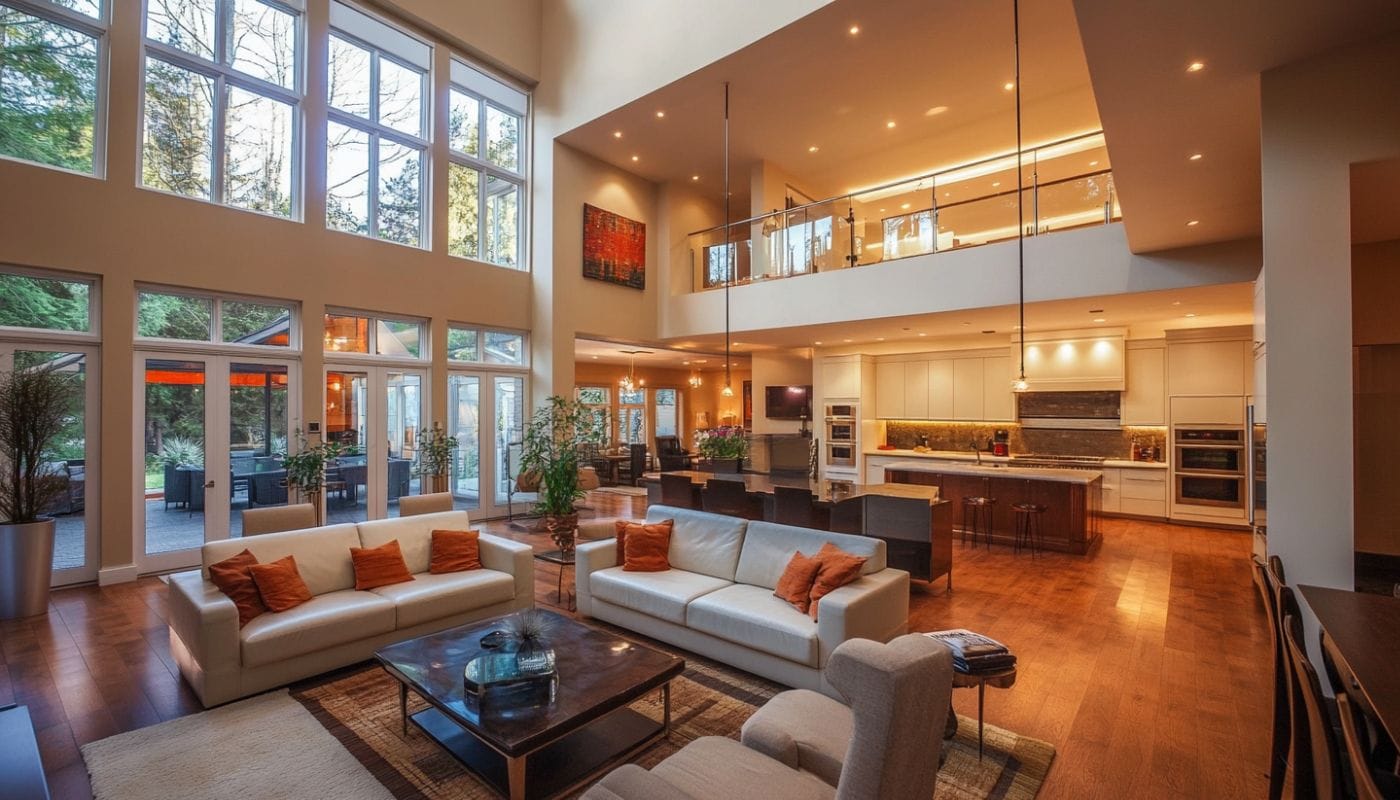
Interiors in a constant state of evolution, incorporating trends, latest technologies, and changing preferences.
Provenance Transparency: A New Furniture Requirement
In the same manner as wine and art collectors seek out documented provenance, furniture buyers also want complete transparency detailing the origins of their selected pieces. It’s not just about where the furniture was manufactured, but where the key materials were sourced from, and the specific construction, workshops and artisans involved in its creation.
This level of transparency boosts consumer trust levels by satisfying their emotional and practical concerns. They provide a narrative for the furniture that will become a major part of their personal space and daily lives. Knowing these details can also have practical applications in guiding any future maintenance or repair works, or even providing a level of authentication should you decide to resale it.
Adaptability: Investing in Transformable Luxury
Furniture that adapts to meet the changing needs of your lifestyle is in high demand. Multi-function and transforming pieces that achieve that without compromising on form, quality or functionality have gained new-found appreciation among clients who value practicality.
Many of you may consider multi-functional furniture to be that unimpressive, clunky mass from previous eras, yet today’s modern technologies, improved craftsmanship and better understanding of materials has allowed for smooth mechanisms that operate without flaws for years.
For instance, furniture manufacturers like Porada and Naos have developed extendable dining tables that can house an intimate gathering of two and easily glide open to host a generous party of ten. Such options perfectly suit clients who don’t want large, dedicated dining spaces sitting empty on a daily basis.
The Quiet Integration of Technology
Perhaps the most relevant trend that we have observed seeping through modern interiors is the seamless integration of technological elements that help enhance your day-to-day lives without making your interiors feel like a maze of wires and controls.
One example that immediately comes to mind is the media unit, but there are many more subtle and delicate ways of incorporating technology. Side table units with wireless charging, bathrooms with heated flooring, armchairs with discreet USB ports, storage solutions with biometric secured locks, wardrobes with moisture control. All this is achieved while keeping any evidence of their existence carefully concealed.
Final Thoughts: A Return to Timeless Principles
Concluding our exploration of the furniture landscape, it feels important to circle back to what truly makes a furniture worth owning.
After nearly 40 years of serving our esteemed clients across the globe, we have discovered three basic factors that guarantee long-lasting satisfaction for clients: impeccable craftsmanship, functional intelligence, and aesthetic honesty.
Impeccable craftsmanship shows itself not only in the impeccable finishing, but the unseen structural details that help it perform smoothly for decades. You can feel its presence in butter-soft drawer mechanisms, continuous wood grains, and upholstery that supports you even in all the high-stress points.
Functional intelligence is all about how a furniture serves its actual intended purpose, enhancing the activities it’s designed to support. The importance of this quality becomes more and more apparent with continued usage such as the perfectly aligned seat depth or a dining table edge precisely profiled for optimum arm support.
Aesthetic honesty is created when a furniture’s design rejects over-the-top opulent designing in favour of raw, authentic materials to function as the protagonist. High-end materials exude luxury without trying, and only age gracefully with a subtle patina and characterful markings. Simple, honest designing allows your furniture to function without any disruptions or distractions.
When these three qualities combine in a single piece of furniture, the result transcends fashion and trend to achieve something timeless—furniture that remains relevant and brings satisfaction decade after decade, ultimately becoming a legacy.
About us: After four decades of specifying luxury furniture for properties across Europe and the Middle East, our team at FCI has developed an encyclopaedic knowledge of manufacturing and an allergic reaction to overpriced marketing. We continue to work with both contract and residential clients, helping them make informed decisions about their investments.
Frequently Asked Questions
Furniture that is tailor-made to fit your precise requirements. It offers clients complete control over dimensions, materials, design value, colour palettes and functionality.
Modular furnishings consist of individual components that can be combined in a variety of layouts and settings, or even used on their own.
Always seek a luxury brand with a history of serving refined furnishing solutions that perfectly marry form with function. FCI UAE has an endless yet curated collection of furniture that has been sourced from all over the globe. These are brands that we personally trust – having worked with them for over four decades and hearing thousands of positive reviews about them from our clients.
Identify the functionality and dimensions of your specific room, and make sure the furniture you choose is aligned with them. Your personal preferences in terms of aesthetics and style should be the determining factor when it comes to choosing the visuals of your furnishings.
Without a thoughtfully defined spatial flow, the most luxurious of furniture won’t be able to uplift your space. Define a focal point first, and then build up on its surroundings choosing elements that complement and build up on a unified design narrative.
The furniture fabric plays a major role in determining the success of your upholstered pieces both in terms of aesthetics and practicality. In most cases, your furniture supplier will have a library of fabric samples for you to choose from and customise your furniture.
Materials such as resin wicker, solid teak, aluminium, stainless steel and concrete are able to withstand most outdoor challenges such as high sun exposure and humidity levels, all without compromising on aesthetic value.


